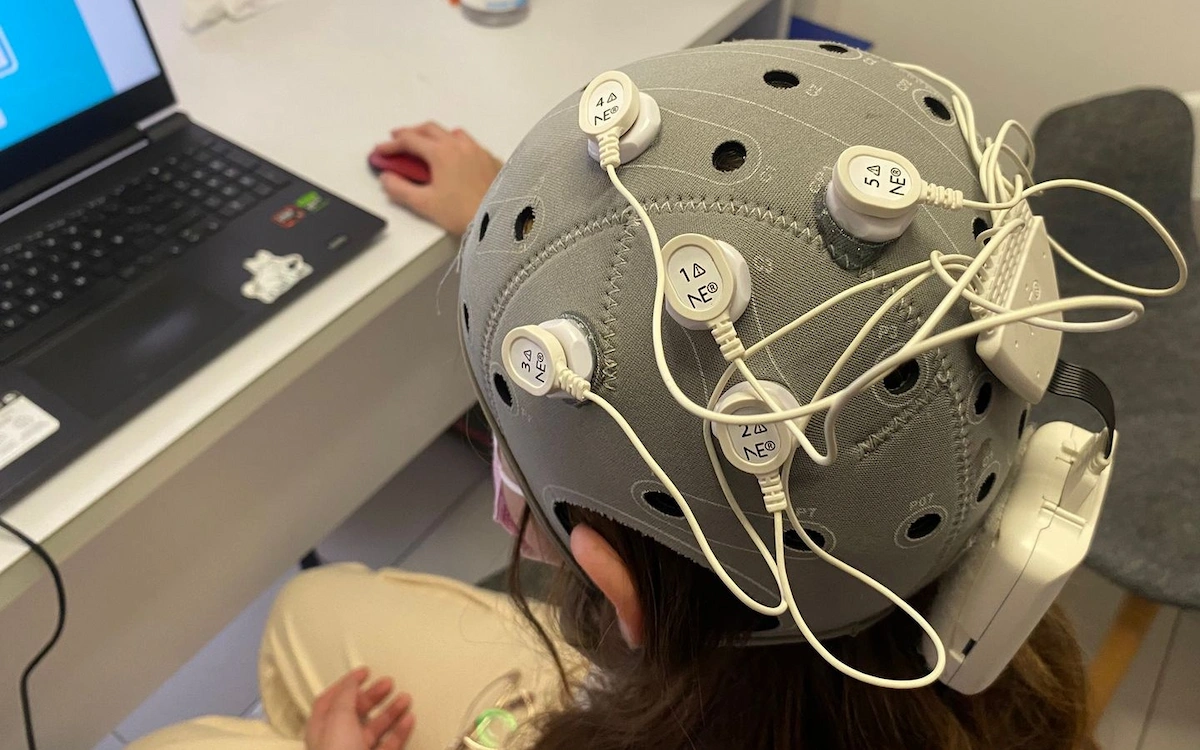In 2008, the National Institute of Mental Health (NIMH) initiated the Research Domain Criteria (RDoC) project in order to challenge psychiatric diagnostic systems based on polythetic (such as the APA’s DSM) or monothematic (such as the WHO’s ICD) categories.
The RDoC proposes a new model of research in psychopathology based on the search for “domains”, i.e., evolutionary biobehavioral dimensions (present in genetic, neurobiological, behavioral, environmental and experimental models) that are reliably and validly measurable in all persons, and in which only the extremes would represent abnormality.
The RDoC was clearly intended to influence profound changes in the DSM-5, which was under development at the time. The reports of the first working groups posted on the APA website appeared to have sensitive changes. At least six white papers and three other additional ones seemed to open the door to a diagnosis based more on pathophysiological pathways and basic research abandoning the traditional atheoretical stance. However, as we all know, in the end DSM-5 has maintained its unchanging tradition.
Nevertheless, the open battle has not ceased, and continues to be fought in associations, scientific meetings, high impact journals, in the media and, of course, in blogs. The RDoC proposal is complex, since it is presented as a “paradigm” for research in psychopathology, but at the same time it also aims to become a taxonomic system. The key lies in the development of the “domains” and, given the conditions required to be defined, this is not an easy task. But, to give just two examples, working memory and emotional regulation fit well together. The two dimensions are present in almost all the models mentioned above and, moreover, they are continuous dimensions that, by themselves, do not imply the presence of any psychopathology, but at the extremes they do relate to various problems and disorders. There are many other dimensions that can be coupled to domains, but some are in an incipient or even nebulous state, which could be the case of Sluggish Cognitive Tempo (SCT).
Sluggish Cognitive Tempo
We put SCT on paper because in recent years interest in the subject has skyrocketed. More than 50 publications in high impact journals in the last five years reinforce this idea, and even in our country in the coming months several theses on this dimension will be read and for some time now funded projects are being developed. The interest recovered by the SCT (a dimension already defined in the mid-eighties) was undoubtedly parallel to the development of the DSM-5, and specifically to the open possibility of defining a pure inattentive subtype within (or outside) ADHD. This possibility, which for almost two years seemed to be in evidence, eventually faded away, but interest in SCT did not.
This dimension defines a person characterized by inconsistent alertness and especially slowed thinking and behavior (hypoactive, apathetic, drowsy, dull, in “their world”, etc.). We already have several reliable and valid behavioral measures that have shown that, even controlling for the influence of ADHD (SCT is inevitably related to its measure of inattention), the dimension is able to predict more problems in depression, social interaction, academic performance and even anxiety, being “protective” against externalized problem behaviors. All this has led some renowned authors, such as Russell Barkley, to propose the definition of a Concentration Deficit Disorder, while at the same time there is a succession of publications trying to demonstrate the clinical basis of SCT. But, the question is, are we really researching SCT to introduce yet another “disorder” to the DSM or ICD list?
Some young but recognized researchers, such as Stephen Becker, doubt that we have reached this point yet, or that this is even the “point”. And this is where we can link SCT to the RDoC project. The data so far found with SCT are of undeniable clinical interest, but in practice it must be recognized that it is very difficult to “diagnose” people with SCT who are unlinked to inattentive ADHD or other problems in the realm of mood, sleep, etc. disorders. It may be more prudent, and useful, to strengthen SCT research in the field of RDoC domains.
For the moment we already have data indicating that it is a continuous and evolving dimension, detectable in normal population, and that only in extreme scores it is related to behavioral or performance problems, sometimes even more as a mediator through other dimensions than with an effect of its own, although this is yet to be demonstrated. Much research still needs to be done in various fields, especially genetic or neuropsychological, in order to bring SCT closer to the RDoC domains. But the way is open, not only for SCT, obviously, but for a new approach to research and psychopathological diagnosis.







 Treatment with neurofeedback and NeuronUP in a case of global ADHD
Treatment with neurofeedback and NeuronUP in a case of global ADHD
Leave a Reply